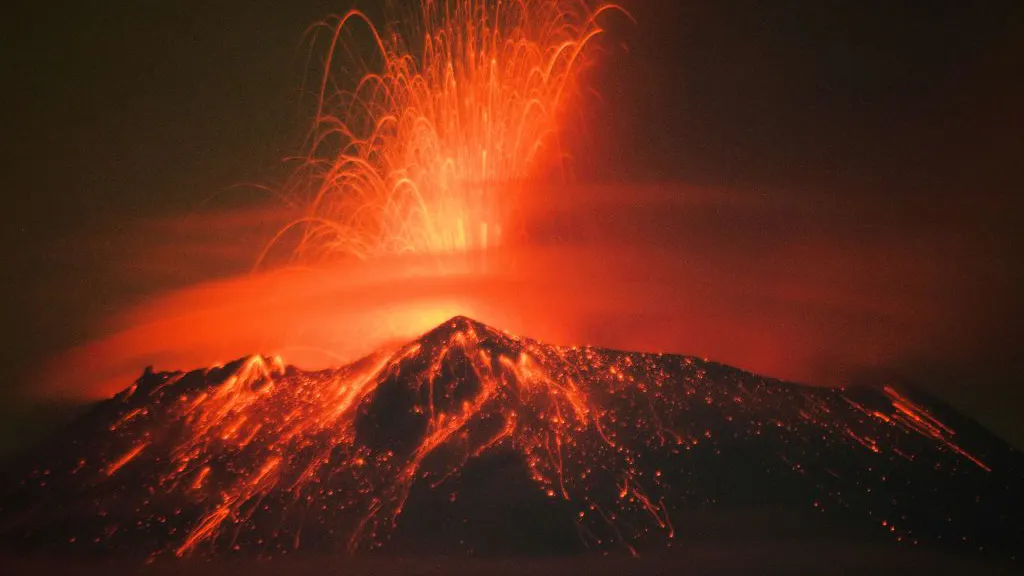One of the world’s most dangerous volcanoes may be showing signs of a massive eruption.
The alert level of the Popocatepetl volcano, which towers roughly 18,000 feet over sea level and looms 34 miles southeast of Mexico City, threatening 25 million people within range of an eruption, was raised to yellow phase three on Sunday, one step below a red alert. A yellow phase three alert level is triggered when the volcano shows “significant explosions of increasing intensity that shoot fragments (of rock) over considerable distances.” On Saturday the airports in Mexico City and Puebla temporarily halted flights because of ash spewed from the volcano.
“There is no risk to the population at this time,” Mexican national Civil Defense Coordinator Laura Velázquez said, claiming that the recent activity had been superseded in the past 20 years.
Popocatepetl, which is Aztec for “smoking mountain,” had lain dormant for decades before it awakened in 1994 spewing gas and ash as far as 16 miles away by the winds. Prior to that eruption, the last explosion occurred in 1947. “In March 1996, a new round of activity began with increased ash emissions and the growth of a lava dome in the summit crater,” the U.S. Geological Survey noted.
In December 2000, Popocatepetl roared with the biggest eruption in 1200 years; 30,000 people had to be evacuated.
Six cameras have been placed around its 1,300 ft × 2,000 ft summit, along with a thermal imaging device and 12 seismological monitoring stations, while 13 scientists keep a 24-7 watch on the volcano.
On Monday, in-person classes in parts of three states were canceled.
A scientific advisory committee stated that a “high-risk” zone existed within a 15-kilometer radius from the volcano’s central axis; a “medium-risk” zone existed between 30 to 60 kilometers away, and a “low-risk” zone existed between 60 to 90 kilometers away.
The Popocatepetl volcano, reputedly 730,000 years old, is the second-highest peak in Mexico; Citlaltépetl is roughly 500 feet higher. It is the second-highest volcano in North America; Hawaii’s Mauna Loa, the largest active volcano in the world, soars roughly 30,000 feet over the ocean floor.
The Mauna Kea volcano on the island of Hawaii is the tallest mountain on Earth if you measure its height from its bottom on the ocean floor; it rises to a height of over 33,000 feet.

.png)
.png)

